Footwear
LESOTHO
Positive conditions exist to expand the footwear industry in Lesotho and export products to the USA and EU as well as South Africa.
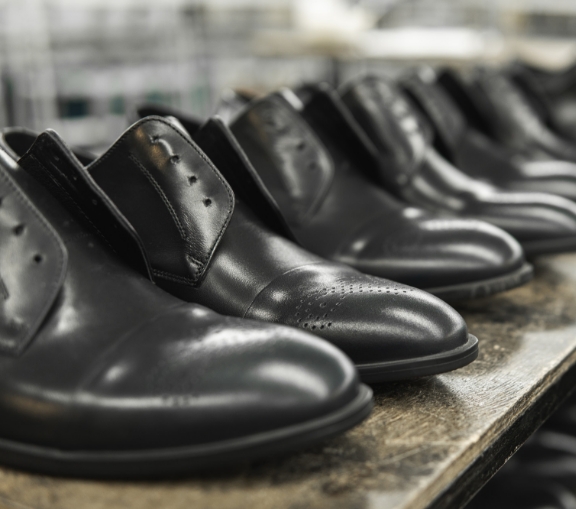
Introduction
The Lesotho footwear sector largely comprises South African companies performing CMT operations and exporting the semi-finished products to South Africa.
There is however an opportunity to take advantage of Lesotho’s trade preferences and export finished products to the USA under the AGOA or the EU under the EU/SACU EPA as well as other major markets.
Convenient
export to neighboring
markets in the
SADC region.
Strengths &
Opportunities
Lesotho is blessed with raw materials, extraordinary talent and affordable labour, which are the perfect conditions to build a vibrant footwear industry there.
The country has an abundant and stable labour force with a tradition of manual dexterity.
THE LITERACY RATE IS OVER
76%
Maputsoe has a pool of labour highly skilled in this industry, having been home to major international brands.
The South African footwear producers are under pressure from retailers to keep prices competitive compared to imports. The same producers are under constant pressure from the labour unions to increase wages. It is therefore important to offer labour stability that is cost competitive as in Lesotho.
Footwear made in Lesotho should not be different from what is made in South Africa, since that will be the source of technical support and components. Insofar as is possible, it should offer long runs and infrequent style changes. It should also use components which are readily available from South Africa, or which can be made by the Lesotho manufacturers.
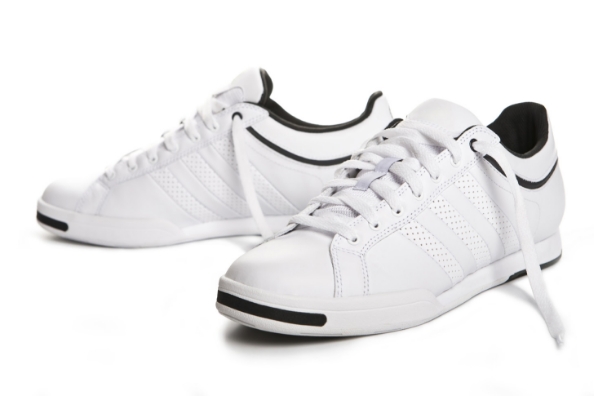
Water, power and communication are available at competitive rates. The Lesotho Highlands Water Project (LHWP) provides more hydropower generating capacity and better water supplies.
There is an opening to attract foreign brands that seek sustainable manufacturing opportunities as part of the circular economy, including the adoption of leather and textile designs that promote recycling. This will also build on Lesotho’s sustainable energy supplies and pure water. This could be accompanied by development of special, sustainable industrial parks as SEZs enjoy tax breaks. Lesotho could also position itself to recycle textile and leather offcuts from other countries in the region.
Strengths &
Opportunities
Lesotho manufactures around 7.2 million pairs of shoes per year. The factories are owned by South African companies and South Africa is the biggest market for Basotho footwear.
FOOTWEAR IS AGOA ELIGIBLE
The USA imported footwear from China in 2017 totalling
$20.5
MILLION
Lesotho exports are held back by high production costs/cost of imported inputs. Production costs could be cut by improved training/greater automation. There is a potential market in the USA, South Africa, Canada and the UK for high end leather footwear. Use of Basotho leather in place of imported synthetics should be explored.
LESOTHO HAS TARIFF-FREE ACCESS FOR
6 400
PRODUCTS
under the AGOA to the US market. In practice it only exports a small fraction of these product lines. Lesotho has tariff and quota free market access to the SADC free trade area. In 2017, South Africa was Lesotho’s largest export market, accounting for 39% of total exports. Lesotho has free currency convertibility due to being part of the SACU Common Monetary Area. Lesotho exporters to the SACU market will not be affected by currency exchange fluctuations. Lesotho’s proximity to the South African road and rail infrastructure has improved ease of access to regional and international markets.
LESOTHO BENEFITS
as a Less Developed Country, from preferential market access to the EU under the EU/SACU EPA; EFTA; MERCOSUR; and a wide range of countries under the Generalised System of Preferences (GSP), including China. Lesotho also can utilise inputs from other countries benefiting from China’s LDC preferential scheme. These agreements give Lesotho an important comparative advantage in relation to more developed exporters.
The Lesotho National Development Corporation has been established by the Government to support the manufacturing sector to set up, maintain and expand business operations in Lesotho. The CIT rate for manufacturing entities is 10%. Lesotho can import raw materials from SACU members duty free. The footwear sector in Lesotho sources most of its components in South Africa or manufactures them within its plants.
Shipments from Lesotho take from 18 to 23 days to reach a US port. As the current main market South Africa has about 1 500 independent retailers (1-4 stores), 124 mini-chains (5-19 stores), 47 medium chains (20- 99 stores), and 30 large chains (100+ stores) (Source: S&V Directory)
Belo Industrial Estate, Butha Buthe District.
Financial Analysis
TOTAL INVESTMENT
A total investment of approximately:
LSL* 29m
comprising fixed assets of LSL 24.5m, pre-production expenditure of LSL 1.9m and initial working capital of LSL 2.5m will be required for the establishment of the Footwear Manufacturing enterprise. The graphs below illustrate a financially viable operation with the opportunity expected to generate a profit from the end of year 5 onwards.
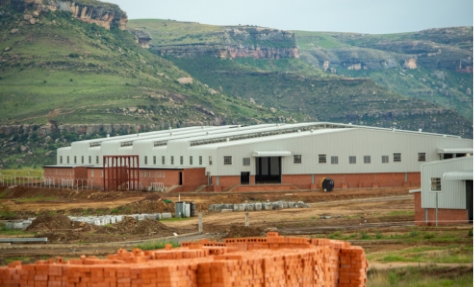
Whilst the NPV and IRR of the project are positive, the initial investment cost of the project is only expected to be fully recovered in year 11. The investment opportunity however responds favourably to the Country’s developmental objectives through its positive socio-economic impact in terms of employment creation, economic agglomeration and potential forex earning opportunities.
NET PROFIT
The enterprise’s annual net profit after tax increases from a loss of approximately
LSL -6.3m
LSL 25.8m
in year 10. Similarly, the projected cash flows of the envisaged project are negative in the first 3 years of operations before becoming positive in year 4 onwards.
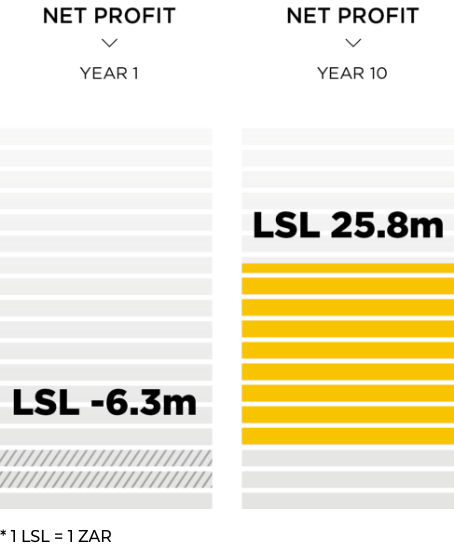
Financial Analysis

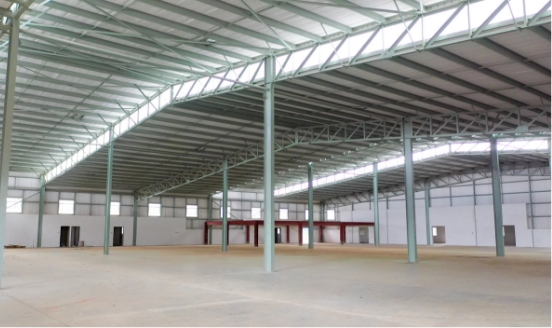
Belo Industrial Park, Butha Buthe.
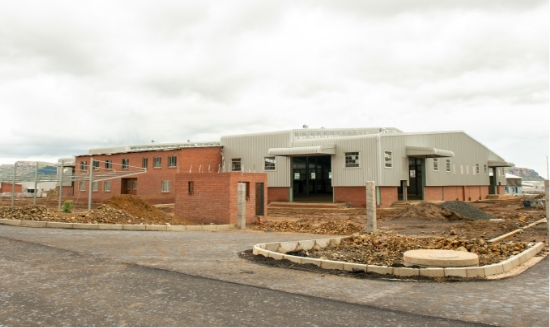
Belo Industrial Estate.
The financial analysis of the Footwear Manufacturing investment opportunity is computed over a ten-year period. Revenue and expenditure projections are in line with industry growth prospects and market potential and have been informed by and benchmarked against industry standards and norms. In addition, assumptions relating to inflation; depreciation and salvage value; and company tax have been worked out based on the existing laws and directives of the country. The figures above represent high level estimates as of January 2021 and are not derived from a full feasibility study. Investors are advised to conduct their own due diligence. The project assumes that the investor will have a viable business case that is driven by international client demand or Lesotho based business sector demand.
For more information please contact:
MS. PHOMOTSO MAJODINA
General Manager (a.i)
Investment and Trade Promotion Unit
Lesotho National Development Corporation
Email: [email protected]
MS. MABATAUNG TSINYANE
Manager: Investment Promotion, Manufacturing
Lesotho National Development Corporation
Email: [email protected]
MS. MAKOPANO MOSAKENG
Officer: Investment Promotion, Manufacturing
Lesotho National Development Corporation
Email: [email protected]
MR. TSEPISO MOFOLO
Officer: Investment Promotion, Manufacturing
Lesotho National Development Corporation
Email: [email protected]
